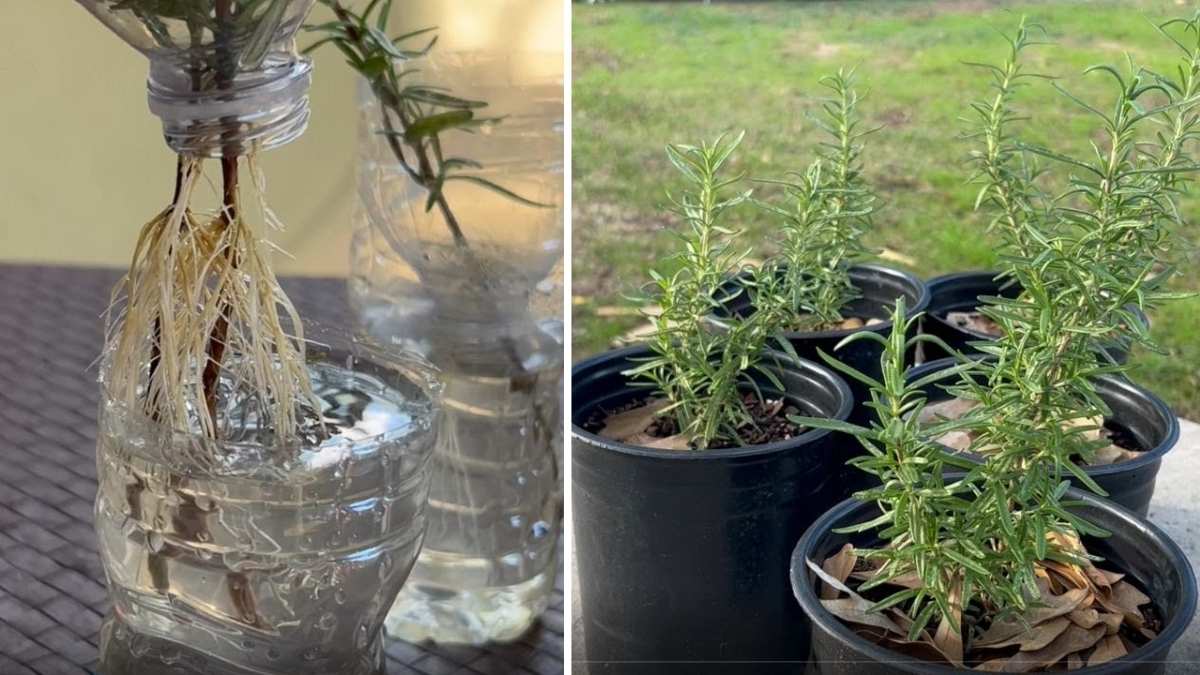Growing rosemary in a bottle is an easy and fun way to start a mini herb garden right in your kitchen. Rosemary, with its fragrant leaves and earthy flavor, is a popular herb used in cooking, teas, and even aromatherapy. This guide will show you how to grow rosemary in a bottle, making it both a practical and decorative addition to your kitchen.
Why Grow Rosemary in a Bottle?
Growing rosemary in a bottle offers several benefits. It’s a simple and space-saving way to grow herbs, especially in small kitchens or apartments. The clear bottle also gives you a unique way to showcase the plant’s growth. Plus, rosemary is relatively low maintenance and doesn’t require a lot of attention once established.
Choosing the Right Bottle
Before you start planting, you need to choose the right bottle. The best bottles are glass containers with a narrow neck, like a wine or a soda bottle. The narrow neck helps to control the plant’s growth, keeping it contained and encouraging it to grow upwards. Make sure the bottle is clean and free from any labels or residue.
If you’re using a plastic bottle, ensure it’s strong enough to hold the soil and plants without bending. A bottle with a capacity of at least 1-2 liters is ideal.
Preparing the Bottle for Planting
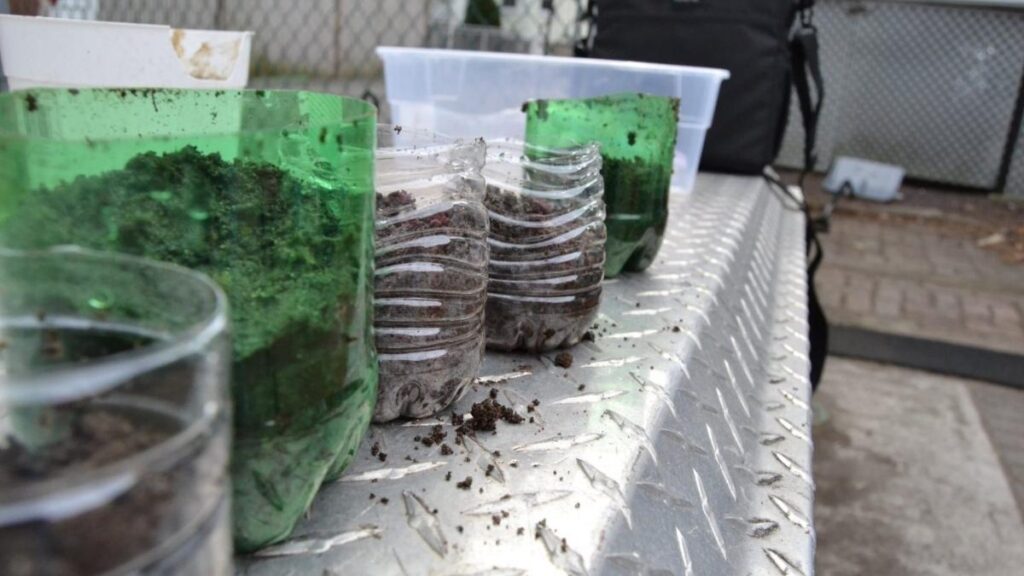
Once you’ve selected your bottle, the next step is preparing it for planting. You’ll need to create drainage holes at the bottom of the bottle to allow excess water to escape and prevent root rot. A heated nail or a small drill can be used to make these holes. Make sure there are several holes to ensure good drainage.
Next, cut the top off the bottle to create an opening for planting. If you want a more aesthetic look, you can leave the top on, but it’s easier to work with an open bottle.
Choosing the Right Soil for Rosemary
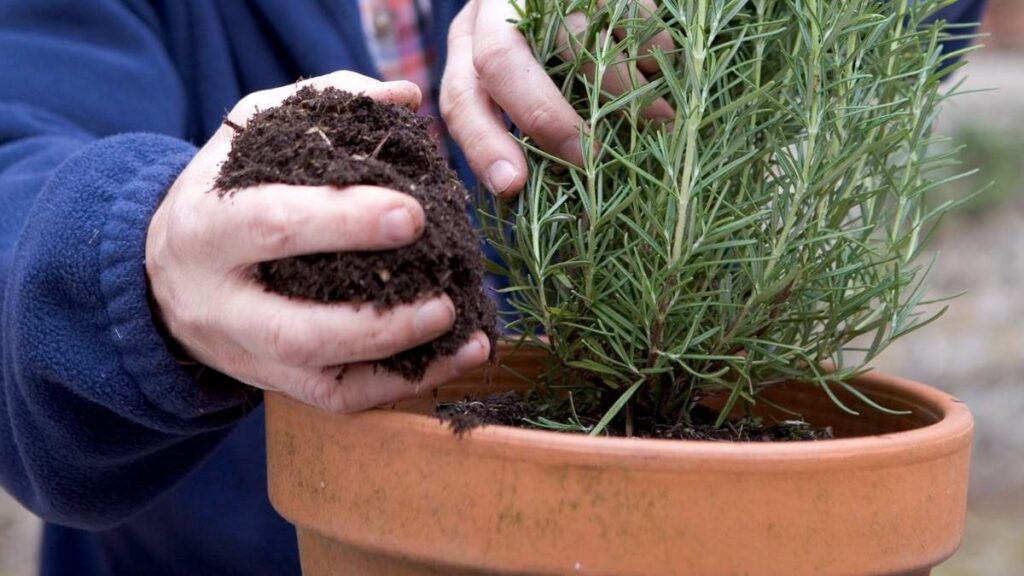
Rosemary prefers well-draining soil. You can use a standard potting mix, but it’s a good idea to mix it with sand or perlite to improve drainage. Rosemary doesn’t like to sit in water, so soil that allows quick runoff will help the plant thrive. Avoid using heavy garden soil, as it tends to retain too much moisture.
Fill the bottom of the bottle with a few inches of soil. Leave some space at the top to ensure that the plant has room to grow.
Planting Rosemary in the Bottle
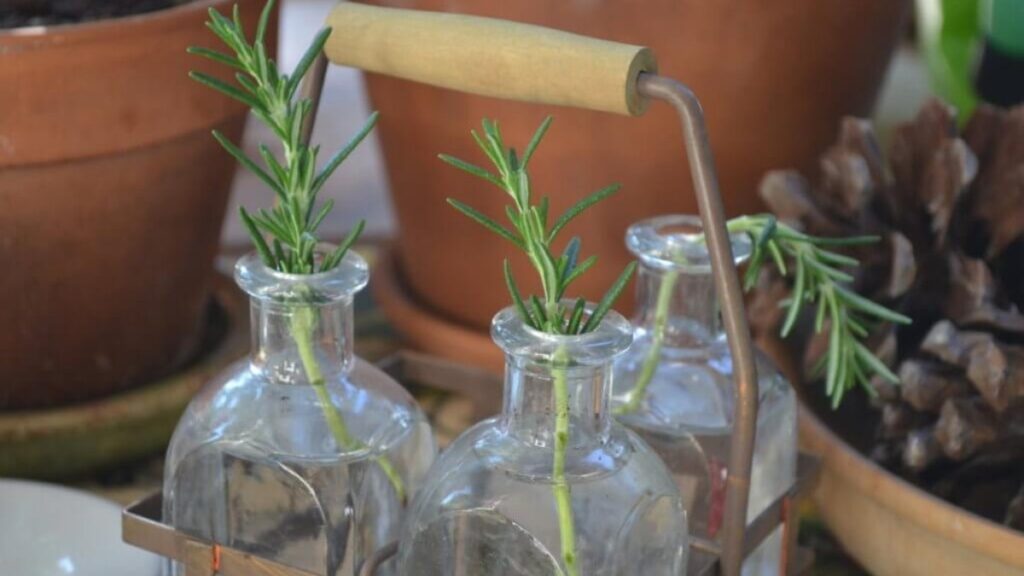
Now it’s time to plant your rosemary. You can start with rosemary seeds, but it’s easier and quicker to use a small rosemary plant or cutting from an existing rosemary bush.
If you’re using a cutting, take a healthy sprig of rosemary, about 4-6 inches long, and strip the lower leaves. Allow the cutting to dry out for a few hours to form a callus, which helps prevent rot. Place the cutting in a small container of water for about 2 weeks to encourage root growth.
Once the cutting has developed roots, it’s ready to be planted in the bottle. Gently place the rosemary cutting in the bottle and fill around the roots with your prepared soil. Press the soil gently to secure the plant in place.
Watering and Caring for Your Rosemary
Rosemary doesn’t need frequent watering. In fact, it thrives in slightly dry conditions. Water your rosemary sparingly, only when the soil feels dry to the touch. Overwatering can lead to root rot, so ensure that the drainage holes at the bottom are working effectively.
Rosemary needs plenty of sunlight to grow well. Place your bottle in a sunny spot in your kitchen, ideally near a south-facing window. Rosemary needs at least 6-8 hours of sunlight each day to grow properly.
If you live in a very hot or sunny area, be sure to monitor the plant closely, as it can dry out quickly. In the winter, when sunlight may be limited, you might need to rotate the bottle every few days to ensure the plant gets even exposure to light.
Pruning and Harvesting Rosemary
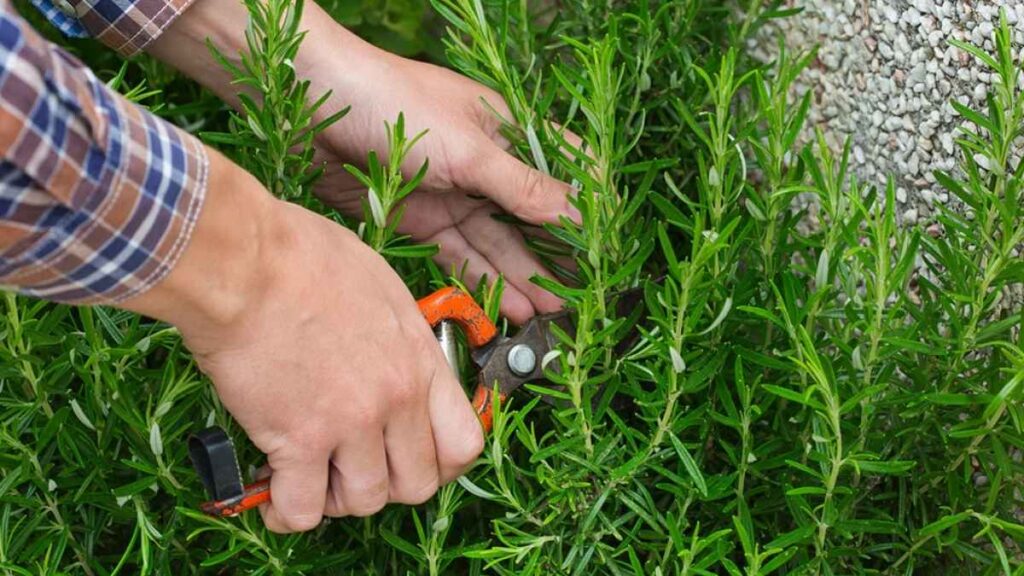
As your rosemary plant grows, it may start to look a little wild. Regular pruning is important to keep it healthy and compact. Trim any dead or brown branches, and trim the tips to encourage new growth. You can also pinch off the tips of the plant to make it bushier.
Harvesting rosemary is simple. Snip off the stems as needed, using scissors or pruning shears. The more you harvest, the fuller the plant will become. It’s best to harvest rosemary in the morning when the oils in the leaves are most concentrated.
Fertilizing Your Rosemary
Rosemary doesn’t require a lot of fertilization, but a little extra nutrition can encourage healthy growth. Use a balanced, water-soluble fertilizer diluted to half strength. Apply this once a month during the growing season, which is typically spring and summer. Avoid over-fertilizing, as rosemary can be sensitive to excessive nutrients.
Common Problems and How to Fix Them
Even though rosemary is a hardy plant, it’s still susceptible to a few issues. Here are some common problems you may encounter:
- Yellowing Leaves: This could be a sign of overwatering or poor drainage. Make sure your bottle has enough drainage holes and that you’re not watering too frequently.
- Leggy Growth: If your rosemary is growing tall and spindly, it might not be getting enough light. Try moving the bottle to a sunnier spot.
- Pests: Occasionally, rosemary can attract pests like aphids or spider mites. A gentle wash with soapy water can help get rid of these invaders.
Harvesting and Using Rosemary
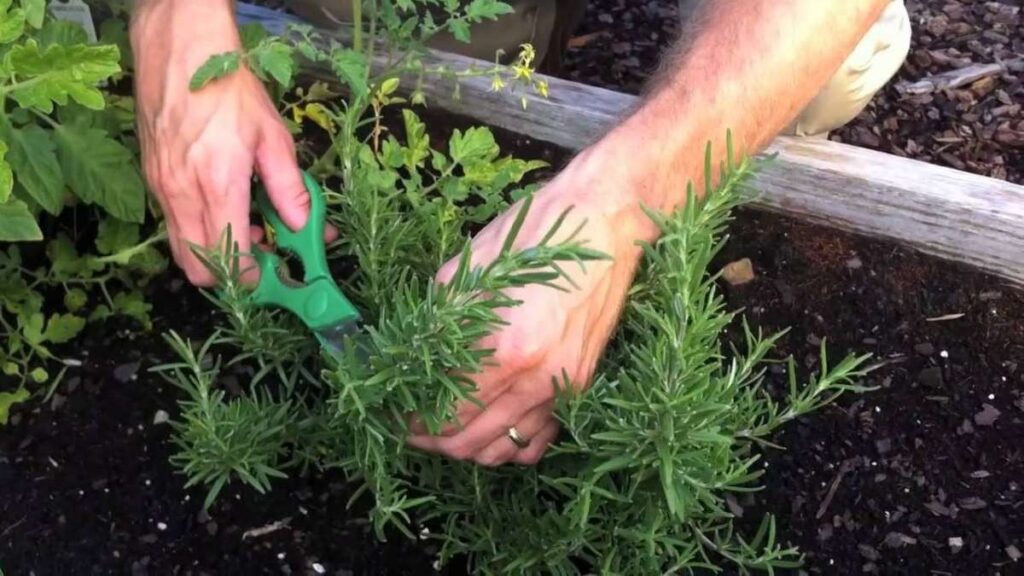
One of the best parts of growing rosemary is being able to use it in your cooking. Fresh rosemary is perfect for adding flavor to roasted vegetables, meats, and soups. You can also use it to make rosemary oil or infuse it into olive oil for a fragrant touch in salad dressings or marinades.
When harvesting, be sure to leave some branches behind so the plant continues to grow and thrive.
Conclusion
Growing rosemary in a bottle is an easy and enjoyable way to have fresh herbs on hand in your kitchen. With the right bottle, a little care, and attention, you can enjoy the beauty and flavor of rosemary all year round. Whether you use it in your cooking or simply admire it for its lovely scent, having a rosemary plant in your kitchen garden is always a great idea. Happy gardening!

